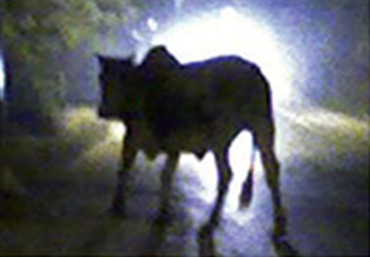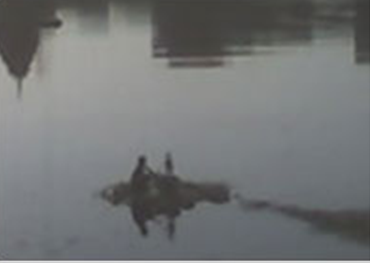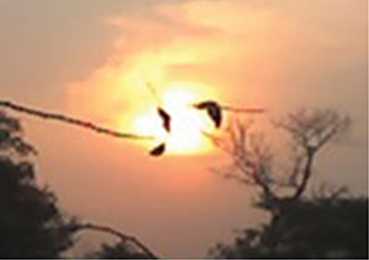Ravi river
This is a collection of articles archived for the excellence of their content. Readers will be able to edit existing articles and post new articles directly |
Ravi river
The magical Ravi
By Murtaza Razvi
The monsoon season brought the romance of the Ravi back when floodwaters suddenly arrived, and the river, the old storyteller, began to tell lost tales once again
Wagdi ai Ravi, vich do phul motiye de dhola (the Ravi flows and I see two flowers floating along) runs the opening line of a popular dhola, a genre of traditional geets associated with longing for a dear one, memories of times past, celebrations of a meeting with the beloved or simply the tongue-in-cheek teasing between lovers.
It’s been a long time since the Ravi flowed, but this monsoon season brought the romance of the river back when floodwaters suddenly arrived, and the Ravi, the old storyteller, began to tell lost tales once again.
Image after image of the magical July-September sky over the Ravi, once the lifeline of Lahore, began to appear in the city’s newspapers. Many filled their picnic baskets with mangoes and headed for the river bank, where now only a handful of boats remain sitting on a usually flat, sandy riverbed. To see the boats afloat once again was a charm that reminded Lahorites of times when their Ravi, as celebrated in traditional geets, actually was a living river, and not the affluent it has become over the past decades.
The real romance of the river, it is believed, lies in the magical hours preceding dusk, when trees await the return of the chirping birds making their way back to their nests. With every passing minute the heavenly hues change with the diminishing light of the sun ––– that solitary presence in the sky, making its way home after a long journey though the day. Watching the sun go down through the silhouettes of the broad-leafed trees lining the banks of the Ravi gives birth to instant new images with every passing moment; you wish time could freeze, knowing it would not.
Fast changing scenes in their natural grandeur, as if on a rolling film, come on with a rush: a glimpse of the fading orange sun from the side of a solid tree trunk, leafs becoming darker and assuming larger than life proportions, a cloud struggling in vain to block the receding sun’s orange rays; a longish leaf dangling from an all-bare tree in the distance, the spectacle of a burning bush against a horizon seemingly on fire.
Images abound, as does the sensory feel of the ever-changing moment in time. Darker skies with a fading, yet bright, core of the sun hallowed by darker oranges and fading dirty yellows follow ––– the foliage now along the way assuming ghostly, black shapes. The lens of the eye even spot a magical black hole in the sun, if you look, say, through a peephole, with the serpent-like leaves coming on too strong, too close.
Finally the sun sets for the day, leaving the shadowy branches to their morose, dulled existence, the bare trees with their barren beings; the lonely, odd rower also rows back to the bank, with elongated, dark shadows of the riverside hamlets and trees reflecting in the river behind him that first chase him, and then recede into themselves.
Back on the dark river bank, the cattle and the stock also head home for the day, some temporarily stunned in their tracks by the rude headlights of a long vehicle that seems to aim for them, only making an abrupt turn in the nick of time and disappearing in a dust-raising thick, black cloud that it leaves behind.



